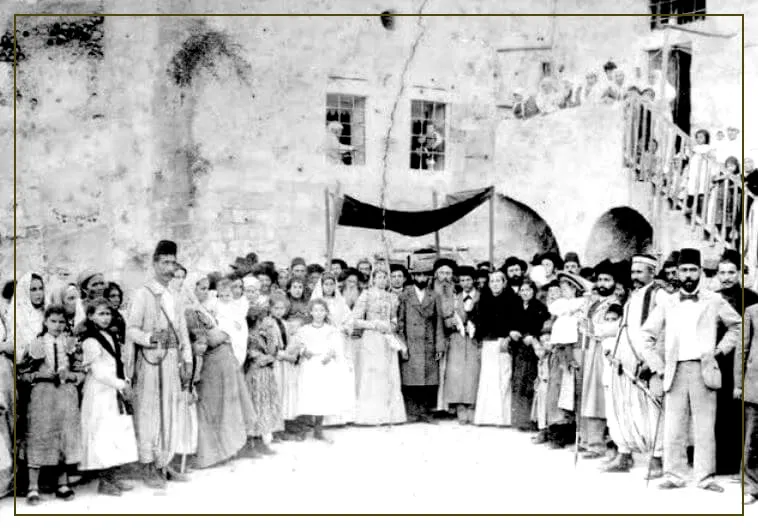wedding ritual combo platter
origins, sources, customs, weirdnesses

This is Life as a Sacred Text 🌱, an everybody-celebrating, justice-centered voyage into ancient stories that can illuminate our own lives. It‘s run on a nonprofit, so it’s 100% NAZI FREE. More about the project here, and to subscribe, go here:
"One should not believe in superstitions, but still it is best to be heedful of them..."
- Sefer Hasidim (Book of the Pious) 13th c. Germany
On Monday we talked about weddings! So I thought it might be fun to look at some sources about (some of the) (many, many) Jewish wedding customs, and other parts of the ceremony that we didn't address then– the interesting, the strange, the lovely, and more. (Obviously this is rather het-default conversation, yay that the world has expanded beyond these sources, etc.)
If it's helpful, this is a guide to the basic steps of the ceremony, but hopefully I'll do an OK job of explaining whatever needs to be explained:

First!
Consider Your Guest List Carefully
Rav Yehuda said: Three require protection from harm: A sick person, a bridegroom, and a bride. It was taught in a baraita: A sick person, a woman in childbirth, a bridegroom, and a bride require protection from harm. (Talmud Brachot 54b)
Why might these people require protection from harm? Who do they need protection from? Let's check in with our favorite 11th c. French commentator and maybe winemaker, Rabbi Shlomo Yitzchaki, aka Rashi? As the story goes, he got his explanations from an unbroken line of teachers dating back to the Talmud itself. And what does he think this protection is about? Well, naturally:
From demons! His jealousy taunts them.
Just so that we're clear.



